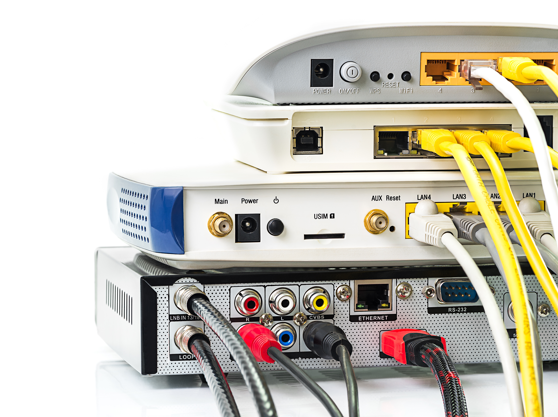EMC Question of the Week: September 1, 2025

Which of these currents is primarily responsible for radiated emissions from cables?
- odd mode
- even mode
- differential mode
- common mode
Answer
The best answer is “d.” It is the common-mode current on cables that produces most radiated emissions from table-top products at frequencies below a few hundred megahertz. Ten microamps of common-mode current on a resonant cable at any given frequency is generally more than enough to cause an emissions failure.
Odd-mode, even-mode and differential mode currents do not radiate efficiently and are almost never strong enough to show up in a radiated emissions test.
But wait! Isn't even-mode just another term used to describe common-mode? Yes and no. EMC engineers use the term "common-mode" to describe two very different phenomena. In multi-conductor transmission lines, common-mode is often defined as a propagating mode where currents flow in one direction on the signal wires and return on the "ground" wires. In balanced three-conductor transmission lines, this mode of propagation is the same as the even mode. The common-mode impedance is half the even mode impedance. By this definition, the common-mode current is the sum of the currents flowing on the signal wires (which equals the current returning on the ground wires). This current is not directly responsible for significant radiated emissions.
The common-mode current responsible for radiated emissions is the vector sum of the currents flowing in one direction on all of the cable conductors. This is not associated with a propagating mode and cannot be determined from the multi-conductor transmission equations.
Nevertheless, we can use multiconductor transmission line equations to evaluate changes in electrical balance at discontinuities that generate the common-voltages responsible for the radiating common-mode currents. And this is exactly what we need, because the common-mode currents are highly dependent on factors such as cable length, position and orientation that a system designer rarely controls. On the other hand, the designer has complete control of the factors that determine the common-mode voltage. By controlling the common-mode voltages, designers can ensure that common-mode cable currents cannot cause a radiated emissions problem.
Have a comment or question regarding this solution? We'd like to hear from you. Email us at
